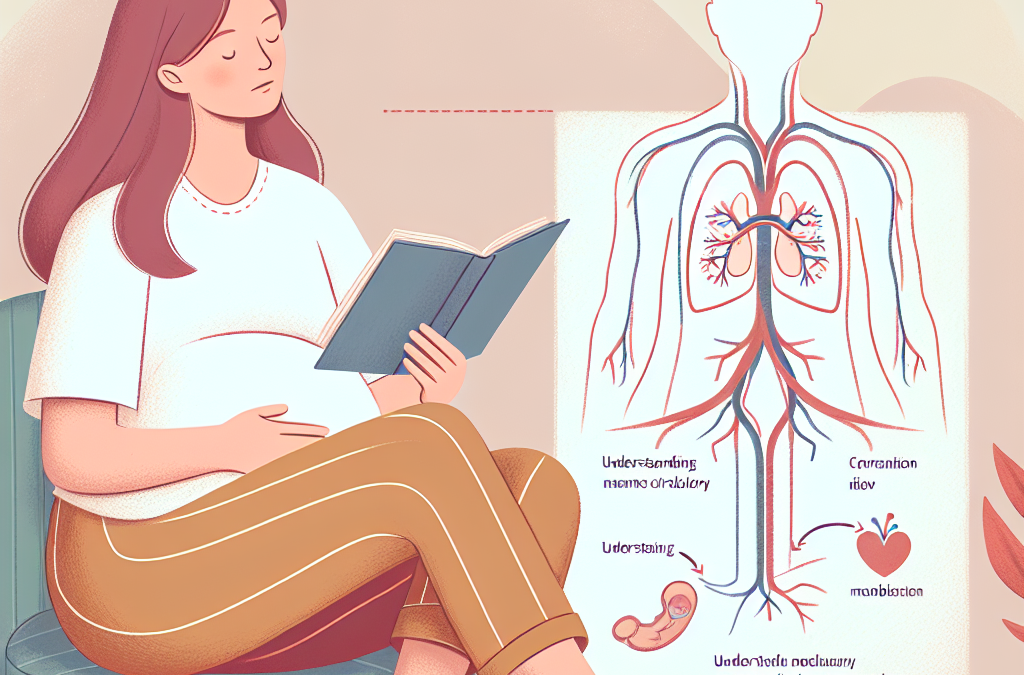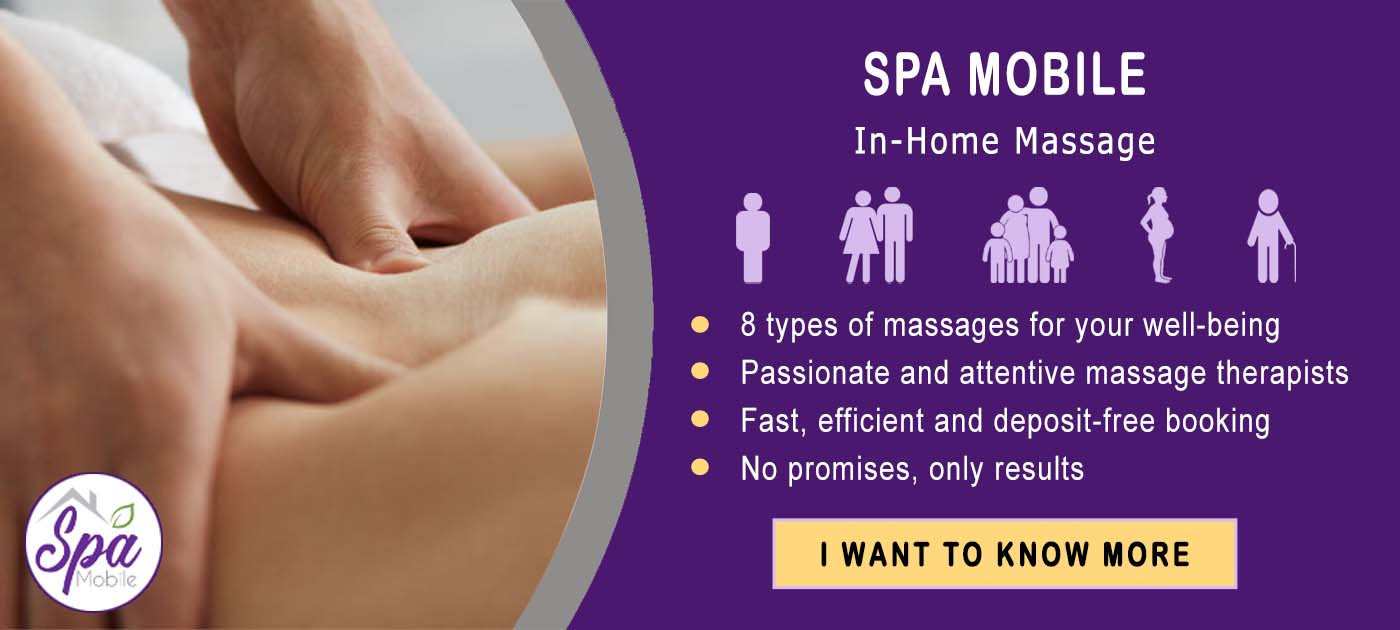Introduction
After giving birth, many new mothers are focused on caring for their newborns and adjusting to their new roles. However, it’s essential for women to also pay attention to their bodies, specifically their postpartum circulation. Pregnancy and childbirth can majorly impact a woman’s circulatory system, and understanding how to support healthy circulation in the postpartum period is crucial for overall well-being. In this article, we will explore what postpartum circulation is, how pregnancy and childbirth can affect it, and what new moms can do to support healthy circulation during this time.
What is Postpartum Circulation?
Postpartum circulation refers to the blood flow in a woman’s body after giving birth. During pregnancy, a woman’s body undergoes many changes to support both her own health and the growth and development of her baby. One significant change is the increase in blood volume, which can be up to 50% more than pre-pregnancy levels. This increase in blood volume helps provide essential nutrients and oxygen to the mother and baby.
After childbirth, the body returns to its pre-pregnancy state, including reducing blood volume and adjusting to the hormonal changes. This process can stress the circulatory system and lead to poor circulation or varicose veins.
How Pregnancy and Childbirth Affect Circulation
Pregnancy and childbirth can significantly impact a woman’s circulatory system. During pregnancy, the increased blood volume and hormonal changes can lead to issues such as varicose veins, swelling in the legs and feet, and an increased risk of blood clots. Additionally, the pressure of the growing baby on the blood vessels can further impede circulation.
During childbirth, the body undergoes additional stress as the uterus contracts to expel the baby and the placenta. This can lead to further changes in blood flow and an increased risk of issues such as hemorrhage or postpartum deep vein thrombosis (DVT).
Supporting Healthy Postpartum Circulation
New moms can take several steps to support healthy circulation during the postpartum period. These include:
1. Stay Active: Gentle exercise such as walking or prenatal yoga can help to improve circulation and reduce swelling. It’s important to consult with a healthcare provider before starting any new exercise program.
2. Elevate the Legs: When sitting or lying down, propping up the legs can help to reduce swelling and improve circulation in the lower body.
3. Stay Hydrated: Drinking plenty of water can help to support healthy circulation and reduce the risk of blood clots.
4. Wear Compression Stockings: Compression stockings can help improve leg circulation and reduce swelling. These should be worn as directed by a healthcare provider.
5. Eat a Healthy Diet: Consuming a balanced diet rich in fruits, vegetables, and whole grains can help to support overall circulatory health.
6. Take Breaks from Sitting: If spending long periods sitting, take breaks to stand up, stretch, and move around to improve circulation.
7. Avoid Crossing Legs: Crossing the legs when sitting can impede circulation, so keeping the feet flat on the floor is best.
8. Seek Medical Attention if Necessary: If experiencing symptoms such as chest pain, shortness of breath, or severe swelling, it’s essential to seek medical attention immediately.
Conclusion
Supporting healthy circulation during the postpartum period is essential for a new mother’s well-being. By staying active, elevating the legs, staying hydrated, wearing compression stockings, eating a healthy diet, taking breaks from sitting, avoiding crossing legs, and seeking medical attention if necessary, new moms can help to promote optimal circulation and reduce the risk of complications. Remember, it’s essential to listen to your body and consult a healthcare provider if you have any concerns about your postpartum circulation. By taking care of yourself, you can better care for your new baby and enjoy this special time.



